Internationally renowned Australian studio Rising Sun Pictures conjured some visual effects magic across 86 shots for Animal World, a new graphic novel-inspired fantasy adventure produced in China which had an enthusiastic premiere reception at the Shanghai International Film Festival. RSP spent six months playing to its strengths on the project, now in wide release, with work spanning a card-playing creature, a loopy dream sequence, incredible car chase and hero shot of the film’s primary location: the freighter-turned-floating casino, “Destiny.”
Produced by Shanghai Ruyi Film & TV Production Co., Ltd, Shanghai Huolongguo Film & TV Production Co., Ltd; distributed by Beijing Enlight Pictures and directed by Yan Han (Go Away, Mr. Tumor), Animal World is based on Nobuyuki Fukumoto’s manga Ultimate Survivor Kaiji. The film centers on a young man named Zheng Kaisi (Li Yi Feng) who becomes trapped on a gambling ship operated by a menacing impresario (Michael Douglas) and is forced to take part in a violent game whose stakes are continually ratcheting up. The project marked RSP’s first major gig on a Chinese film aimed at international audiences.
RSP worked under the supervision of Yan Han and production VFX supervisor John Dietz, whose company, BangBang Productions, has provided visual effects support for several recent films made in China, including Jiang Wen’s Gone with the Bullets, Sun Zhou’s Impossible and John Woo’s The Crossing.
“BangBang and I have a long history with Rising Sun Pictures and their work is second to none,” said Dietz. “Yan Han was particularly attracted to RSP’s incredible work on X-Men: Days of Future Past and wanted to bring that talent into key sequences in Animal World. RSP again delivered exceptional work. We are thrilled with the result.”
“Filmmaking has become a global business,” noted RSP executive producer Gill Howe. “We’re used to working over long distances and across cultures. We communicated with the production team in China via cineSync and Skype, just as we do with US and UK-based productions. This ensured the team could create amazing visuals that would be in line with the filmmaker’s vision.”
Road Warriors
For an elaborate car chase where Kaiji, driving a BMW coupe, is pursued by ninjas on motorcycles through a crowded city, RSP created a central part of the sequence where the pursuit enters a tunnel and things literally spin out of control.
“There’s a lot happening in the tunnel… speeding cars, collisions, gunfire, explosions… and our job was to make it look as fast and dangerous as possible,” recalls RSP visual effects supervisor Malte Sarnes. “Most of it was far too dangerous to shoot practically, so the motorbikes, the hero car and other vehicles had to be done in CG.”
The studio’s 3D team produced CG models of the BMW, the motorcycles and various other vehicles, including a truck that collides with one of the bikes — causing it to explode in flames. All the vehicles had to be made photo-real down to the tiniest detail so that practical and CG elements could be used interchangeably.
“The hero vehicle was challenging because it had been previously damaged and suffers additional dents and scrapes as the scene progresses,” said CG supervisor Ryan Kirby. “The rigging and shading was also quite involved, because the cars are all metal and have headlights, taillights and rubber tires.”
The 2D team assembled the scene into its final form, placing CG vehicles into the background environment and adding actors and stunt talent who had been shot separately on greenscreen (including a ninja who crashes through the windshield of the BMW). Each bit of action was choreographed to the millisecond. Pyrotechnics and other environmental flourishes supplied the finishing touch. “John Dietz told us to make it big, so wherever we could add a little something extra… sparks, smoke, explosions, we went for it,” noted 2D lead Jess Burnheim.
Trip of a Lifetime
Many of the film’s visuals have a hallucinatory quality. In RSP’s longest sequence (more than 90 seconds of screen time), a dejected Kaisi wanders through a door of the casino and suddenly finds himself tumbling in space. He falls through the clutches of a claw-like patch of clouds before landing in an ocean, where he is attacked by giant sharks. He is only saved from the jaws of the fish when the ocean magically freezes over. Except for Kaisi, everything in the scene is CG.
“Yan Han wanted it to feel trippy and creepy at the same time,” said Sarnes. “We went through many iterations with him and John Dietz. It was hard to get the tone just right, because it’s so subjective. It was the most challenging, and the most enjoyable, scene in the film.”
Kirby added that choreographic the surreal scene was demanding both artistically and technically: “A single camera move is sustained for the full 90 seconds as Kaisi passes through four crazy environments. We go from a corridor into space, into water, into a frozen droplet and back to the corridor. It was challenging in terms of physical space and the changing scale.”
Another complicated sequence involves an exterior view of the Destiny at the opening of the film, in which both the ship and the ocean are CG. RSP artists spent months fine-tuning the details that would help draw audiences into the film’s world. Sarnes said, “The ship appears to be a chemical tanker that was transformed into a casino. There is a lot of secret military stuff happening on deck while the gambling goes on below.”
“The audience has a lot of time to scrutinise the work and if something looks false, they’ll notice,” noted Burnheim. “So, we used everything in our bag of tricks, adding flares and lights, wisps of smoke in the background, to give it an increased sense of realism.”
Pick a Card
RSP’s character animators got to flex their creative muscles with a sequence involving a creature called “Hightower.” Elsewhere in the film, the tall, reptilian creatures are portrayed as vicious warriors, but here they sit in the casino relaxing over a game of cards.
“We had to modify the creature for our sequence to give it hands. That required high-definition muscle simulation,” said Kirby. “We needed to make sure that the body performance was up to scratch because we had them so close to camera. They also had to act a bit more, and even be a bit silly.”
To Sarnes, the sequence ranks among RSP’s best character work. “When you see it on the big screen, you can appreciate the time and attention the artists invested in the characters.”
In all, RSP contributed to seven key sequences in the film. Collectively, that amounted to nearly nine minutes of material that was either fully or nearly fully CG. Howe noted that the scope and variety of the work made it a gratifying project for the whole team:. “We got to do creature animation, create far out digital environments and produce interesting effects. It touched all the areas we excel at and so it was great opportunity for the company to show what we can do.”
Learn more about the studio at rsp.com.au.
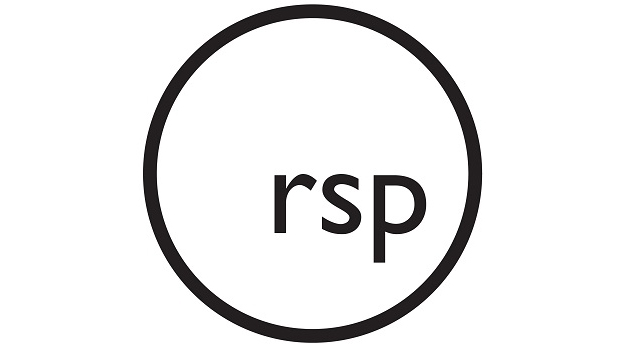
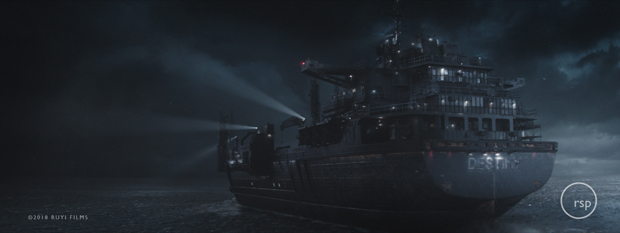
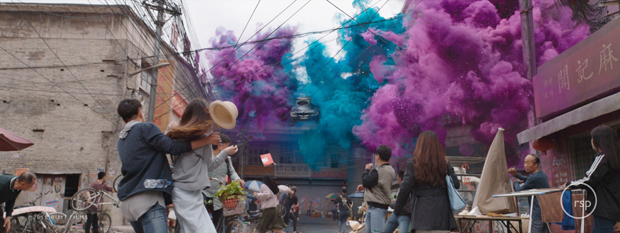
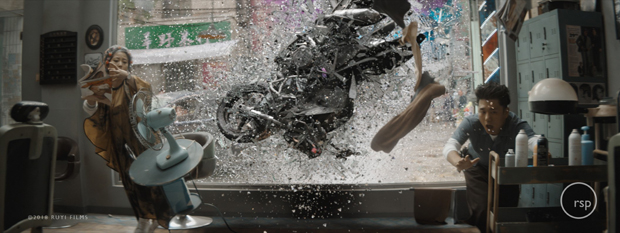
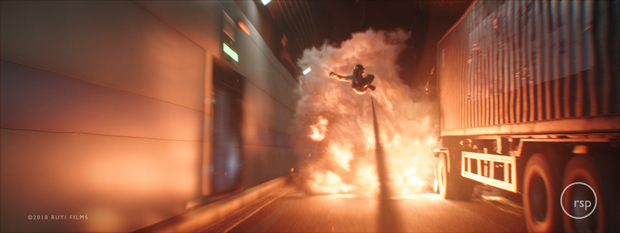
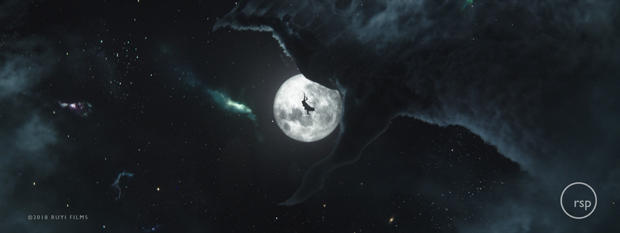

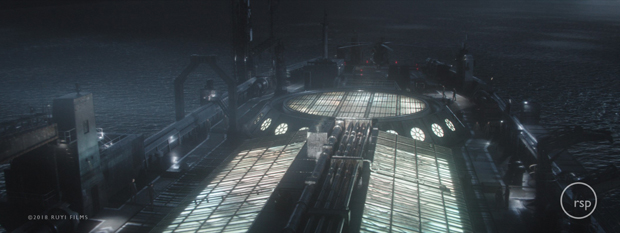
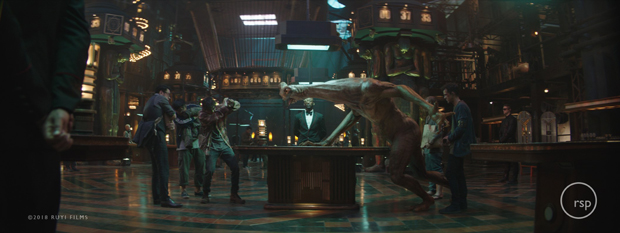


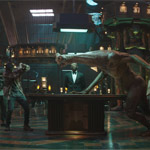

 Win a Funko X Lilo & Stitch Prize Pack!
Win a Funko X Lilo & Stitch Prize Pack! 
